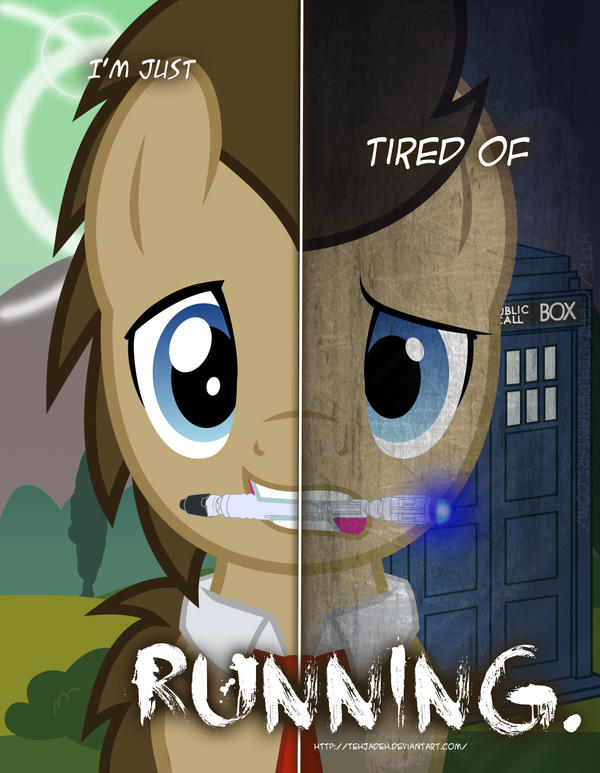Initial point to make: while the theory that Fili & Kili are female obviously has no grounding in the canon text, there's no reason it can't be true in the movies. And so:
First rebuttal rebuttal: The fact that there are no known female characters in The Hobbit doesn't mean F&K can't be women. Nor does it mean they are. This one's sort of a non-point either way. The only real argument is that Tolkien didn't really have many women in his stories at all, and those that do go adventuring... wait.
Those that do go adventuring tend to do it in disguise. We have Luthien (who dressed up as a vampire, and in a nightcloak), and, notably, we have Eowyn, who...
... wait for it...
... disguised herself as a man. ;) That's relevant, right here.
Second rebuttal rebuttal: The best way to look at 'sounds different', I think, is the vowels. Khuzdul is known to use consonant-based roots, and to change the vowels around to inflect them. That means male and female names could very well just differ by their vowels.
Among the other eleven dwarves (Thorin, Bifur, Bofur, Bombur, Dori, Nori, Ori, Balin, Dwalin, Oin, Gloin), we see:
-Two instances of 'a'
-No(!!!) instances of 'e'
-Nine instances of 'i'
-Eight instances of 'o'
-Three instance of 'u'
Additionally, every 'i' is paired with another vowel - often an 'o' or 'u', but twice (Balin & Dwalin) an 'a'. Fili and Kili, of course, have only 'i's, which is definitely different (there are no other instances of the same vowel being used twice in a name).
Of course, all the dwarf names except Balin come from the same Norse source, so there's that.
(And on the flip side - the only attested Tolkien female dwarf is called 'Dis' - not the 'i' again)
Third rebuttal rebuttal: You're both wrong. ;) Fili and Kili are definitely younger than the rest of the Company - it's in the appendices - but that's irrelevant. By their age, dwarves have reached their adult appearance, and they basically don't change until they hit their mid-200s. So any 'younger-looking-ness' - which I don't recall actually being mentioned in The Hobbit - would simply be how they look.
Fourth rebuttal rebuttal: This is a quirky little subject. Tolkien did (obliquely) state that female dwarves are bearded - it's in Appendix A, as 'They are in voice and appearance... so like to the dwarf-men that the eyes and ears of other peoples cannot tell them apart' - but it's nowhere in the main stories. My suspicion is that D&D and its ilk are responsible for this idea making it into the public mindset, which is where PTerry got it - and I suspect they probably didn't realise it was in Tolkien.
The beard-braiding you mention isn't mentioned anywhere in Tolkien, and is highly controversial in Pratchett - to the point where several books revolve around the question of whether female dwarves should outwardly portray themselves as female. Of course (countering your final point) all Discworld dwarfs (traditionally) are referred to as 'he'...
In summary: there is no real justification for assuming that book!Fili&Kili are female, though there are facts which could be used to at least claim it isn't utterly ridiculous. However, given the tweaking performed by Jackson, and his tendency to draw from D&D-inspired stereotypes (such as drunken Gimli), there is no reason they couldn't be in the films - or a fanfic of them.
Oh, except one: there were a couple of female dwarves in the opening of the first film. I don't remember them having beards. ;)
hS
"...no Man nor Elf has ever seen a beardless Dwarf - unless he were shaven in mockery, and would then be more like to die of shame... For the Naugrim have beards from the beginning of their lives, male and female alike..." ~JRRT
